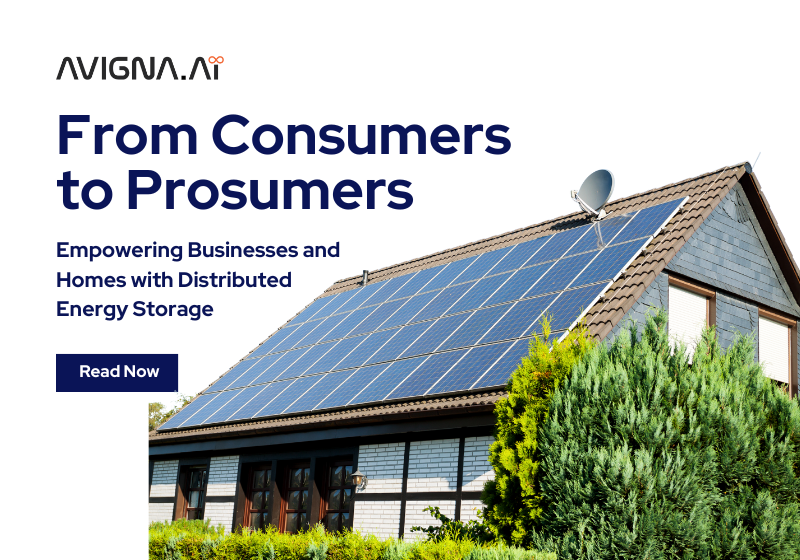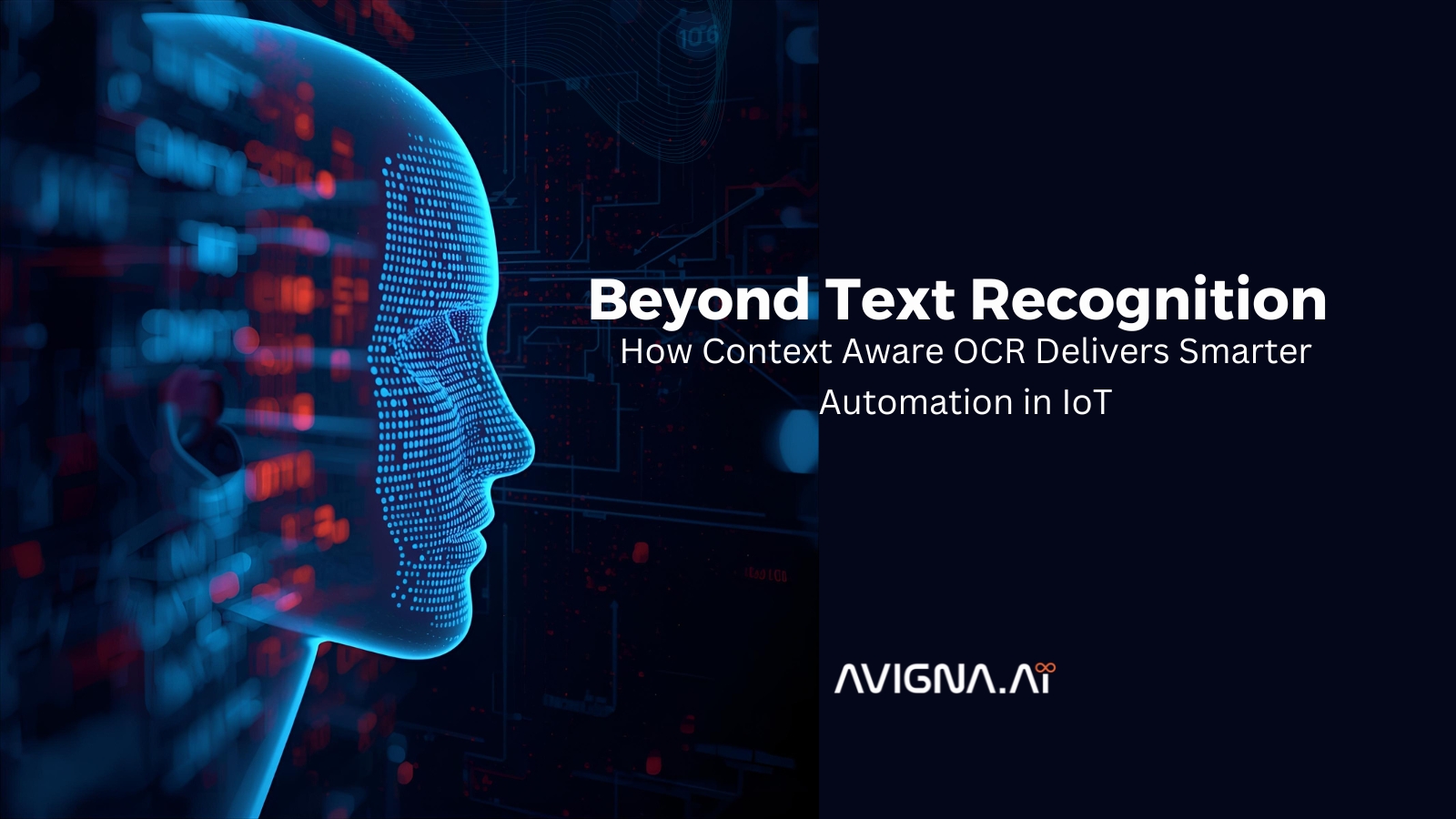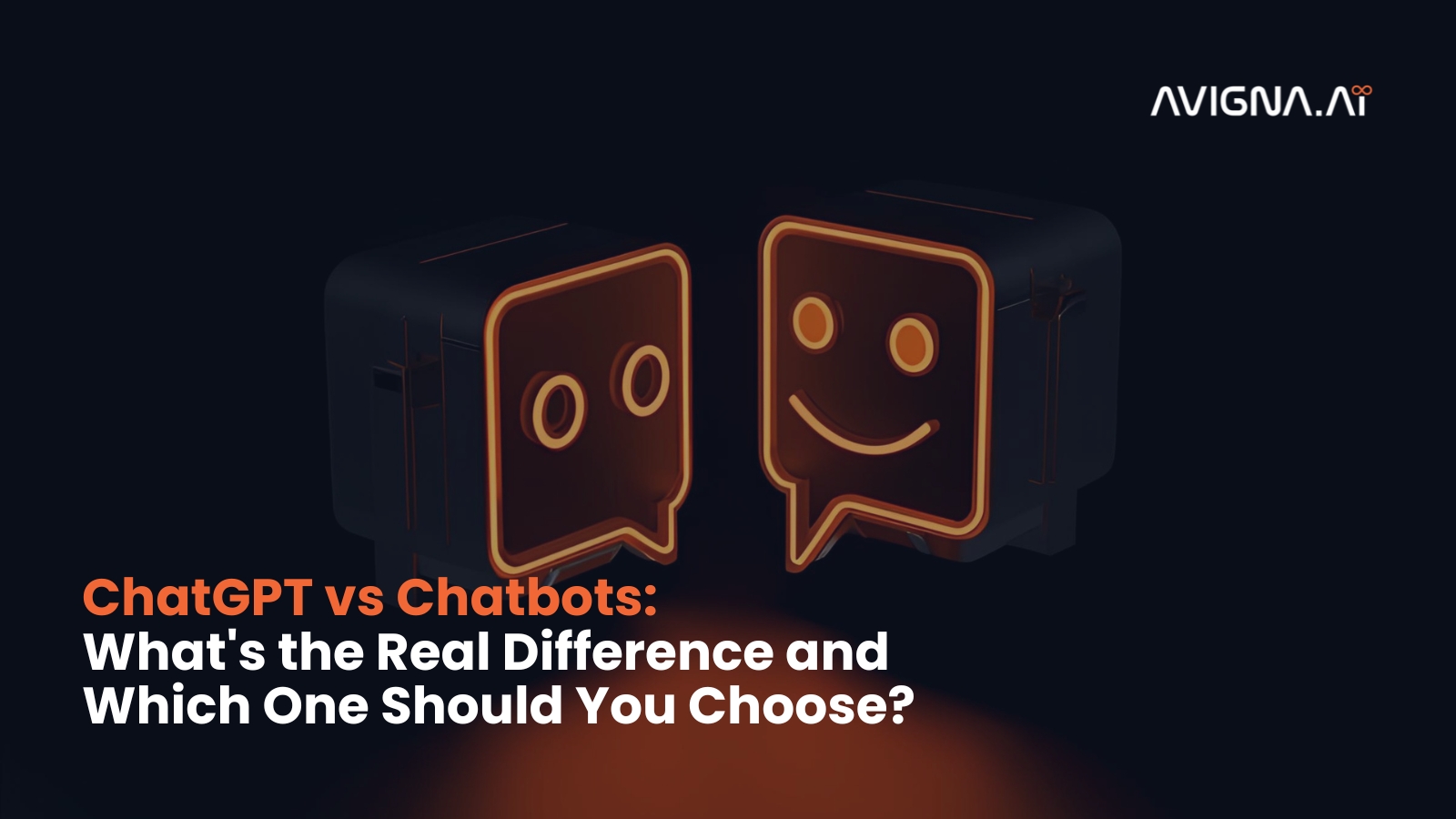Energy transformation is occurring on a large scale with the emergence of prosumers. Prosumers are those consumers who are now generating their energy. This change systemizes energy from being a centralized towards a decentralized approach. This energy transformation is backed by increased adoption of distributed energy storage solutions. These solutions enable prosumers to have control of the energy produced.
This article looks into key factors which are pushing the rise of prosumers and importance of distributed energy storage. Also, how big corporations and homeowners can use this technology to save money and be sustainable.
The Prosumer Revolution
A decade ago, the traditional energy model was dominated by centralized power plants. It is based on unidirectional energy flow from the grid to consumers. With the emergence of the prosumer, the validity of this paradigm appears to be challenged. A prosumer could be anyone, from a single individual to a huge multi-national organization active in the energy sector.
By 2050, 167 million homes and 23 million businesses are expected to be solar users. With such an enormous price drop of about 70% in the past decade, the exponential growth in such solar systems is quite understandable.
At the same time, DERs in the United States are projected to generate power of about 387 GW. Also, The European Commission has put forward various legislations with the aim of reducing emissions by at least 40 percent by 2030. This rule was made under the 2030 Climate & Energy Framework of the European Union (EU).
The Drivers of the Prosumer Movement
The reasons for a huge rise in number of prosumers include:
Environmental Consciousness: People are now aware about climate change and the requirement for sustainable energy solutions. This has raised an urge for people to participate actively in activities that reduce their carbon footprint. Prosuming allows both persons and enterprises to directly aid in the conversion of the world to a low-carbon future.
Energy Cost Savings: Another issue is rising electricity prices, and with that, people are moving towards producing energy for their use. Prosumers can save hefty long-term cost by making less use of electricity supplied by the grid.
Energy Independence and Reliability: There have been increasing number of power outages and instability from the grid. Hence, prosumers want to assert more control over the supply of energy. Distributed energy storage systems allow them to use energy in their homes during disruptions in the grid. Thereby it promises a dependable energy source.
Technological Advancements: The world is advancements in renewable energy technologies, energy storage, and smart grids. It has made these technologies affordable and more accessible for prosumers at the individual and business levels.
Government Incentives: Governments offer financial incentives such as tax credits, net metering programs, and feed-in tariffs to encourage the adoption of distributed energy resources and the prosumer model.
Role of Distributed Energy Storage in Prosumer Revolution
Prosumer revolution is benefited from the growing adoption of distributed energy storage solutions. These technologies include battery systems, thermal energy storage, and even electric vehicles. It helps prosumers to store the energy they generate and then consume it at times of need. Thus, it reduces reliance on the grid and giving them a margin against power outages and fluctuations in energy prices. Some of the major benefits include:
Energy Independence and Resilience: Distributed storage systems allow prosumers to store energy from their renewable generation, such as solar or wind. The stored energy can be used during high-demand periods or grid outages. It ensures that energy is available when needed.
Cost Optimization: They can always store energy when electricity prices are lower and consume that energy during peak hours. It helps to substantially reducing energy charges. Also, in times of high demand, if stored energy is extra, it could be discharged into the grid. This helps in getting grid revenue.
Grid Integration and Stability: Distributed energy storage allows prosumers to integrate renewable energy sources with the grid. It offers services such as load balancing, frequency regulation, and voltage support. This is important for grid stability and resilience, thus facilitating the easy integration of renewable energy.
Increased Renewable Energy Adoption: Distributed energy resources coupled with storage gives maximization potential for renewable energy generation by the prosumers. It increases the use of renewable energy for a sustainable future.
Enhanced Energy Management: With distributed energy storage, prosumers are given the advanced energy management systems. These systems give a detailed control and visibility of consumption and production. This means people can plan and control the use of their energy consumption. They can also avoid making decisions which lead to energy wastage.
Overcoming Challenges and Barriers
There are numerous benefits of distributed energy storage. However, there are some challenges and barriers that must be addressed to utilize its full potential, including:
Regulatory and Policy Barriers: Outdated regulatory and policy framework restrains the widespread adoption of distributed energy storage. Especially in places where net metering or other incentive programs are either lacking or not good enough.
Technical Limitations: Improvements in battery technologies, energy management systems, and grid integration must be made to enhance the efficiency, reliability, and scalability of distributed energy storage arrangements.
Financial Barriers: The upfront costs for distributed energy storage systems may still be prohibitive for some prosumers, particularly residential users. Regulation and subsidies in financing and incentives could be a method to overcoming this barrier.
Awareness and Education: Many prosumers are unaware of the benefits of distributed energy storage or how to incorporate it into their energy systems. Awareness and training programs for individuals and businesses can help in overcoming this challenge.
Such barriers can only be overcome through collaborative efforts among policymakers, technology providers, utility companies, and prosumers themselves. Together, people can build a more inclusive, sustainable, and resilient energy environment. An environment that empowers individuals and businesses with control over their energy futures.
The Future of Prosumers and Distributed Energy Storage
With the energy landscape ever-transforming, the role of prosumers and distributed energy storage is expected to become even more important. Thus, looking into the coming years, changes will be noticed in:
Technological Innovation and Market Evolution
Storage systems would be cheaper with the progress in technology and economics. There is a boom in energy storage market which has resulted in prices of solar PVs to go down. Lithium-ion battery technology has penetrated into many markets because of its less price. Latest Lithium batteries have higher energy density. Therefore, it can be made smaller and more efficient storage system. It will have a longer cycle life which decreases the total cost of ownership throughout the life of operation.
Smart energy management systems use artificial intelligence and machine learning to optimize the operation of energy storage. They can forecast energy usages from consumers, predict grid conditions, and adjust storage operation to optimize economic returns presenting a reliable solution.
Implementation Strategies for Businesses
The success of prosumer implementation depends on thorough planning and careful implementation. Hence, organizations must start from energy profiling. It has to be detailed information on consumption trends, demand characteristics, and operational requirements. The assessment will enable them to decide the best configuration and sizing of storage systems.
Currently, technology choices are based on need, but they will inevitably evolve with time. At present, lithium-ion batteries are the standard technology, but solid-state batteries and others might outperform them in the future. When undertaking investments, organizations should consider the technology roadmap and potential upgrade paths.
From a financing perspective, the structure affects not only the economics but also the risk profile of a project. Traditional ownership models allow project-owning organizations to realize all economic benefits. Third-party ownership models which include power purchase agreements and energy service agreements, can reduce upfront costs.
Interaction with existing systems should be considered so as to secure good and reliable performance of the system. Companies should consider the integration of distributed energy storage systems with existing electrical infrastructure, energy management systems, and maintenance practices.
Electricity Service Providers Adaptation and Service Innovation
The service providers can help the prosumers manage energy through Demand Response, Energy Management Services, and integration of DERs into the grid. The grid remains strong and dependable in such cases. This evolution in services is a huge opportunity for utilities to stay relevant and profitable.
Utilities can work with grid solution providers such as Uplight in managing the increasing demand for load management and energy efficiency. Uplight technology enables utilities to shift loads during peak use periods to maintain grid stability while fostering the use of renewable resources. These partnerships demonstrate how utilities can begin to utilize technology providers to improve their offerings.
Advanced analytics and data management capabilities enable utilities to understand and predict behavior in better way for prosumers. For example, AutoGrid is one such platform offering such capabilities with its new data-driven technology. With AutoGrid’s Energy Data Platform, utilities obtain utterly insightful services. It helps them make far better-informed decisions with respect to grid operations and DER deployment.
Market Opportunities and Revenue Streams
In short, prosumers need not be viewed as just a hurdle for traditional systems. They also form an untapped revenue opportunity in renewable energy management services. This change of perspective allows grid providers to pursue new business models that embrace rather than reject the prosumer revolution.
The distributed energy resource management system marketplace is a reflection of this opportunity. It is expected that the global distributed energy resource management system will grow from $791.90 million in 2025 to $1,865.95 million by 2032. Such growth is indicative of the increased investments being channeled into enabling technology and services for effective prosumer integration.
Energy-as-a-Service models are examples of an innovation that makes distributed energy storage accessible to commercial and residential consumers. These models enable the customer to enjoy the flexibility of energy storage with little upfront capital deployment.
Embracing the Prosumer Revolution
Prosumers are paving the way for distributed energy storage. On the other hand, distributed energy storage imparts to these prosumers the ability to become more independent of their energy sources. With the advent of a decentralized energy system based on renewable energy resources, the interventions of prosumers and distributed energy storage will gain more prominence. Fostering such changes and dealing with the incumbent challenges should serve as an incentive toward achieving an inclusive energy future that is both sustainable and resilient.



